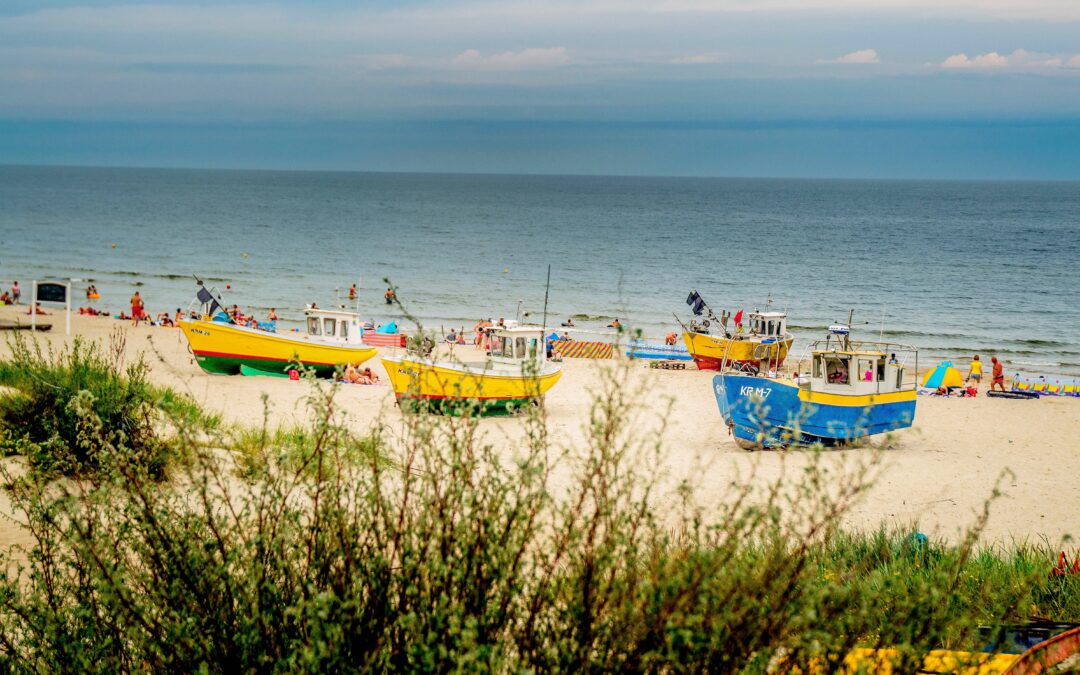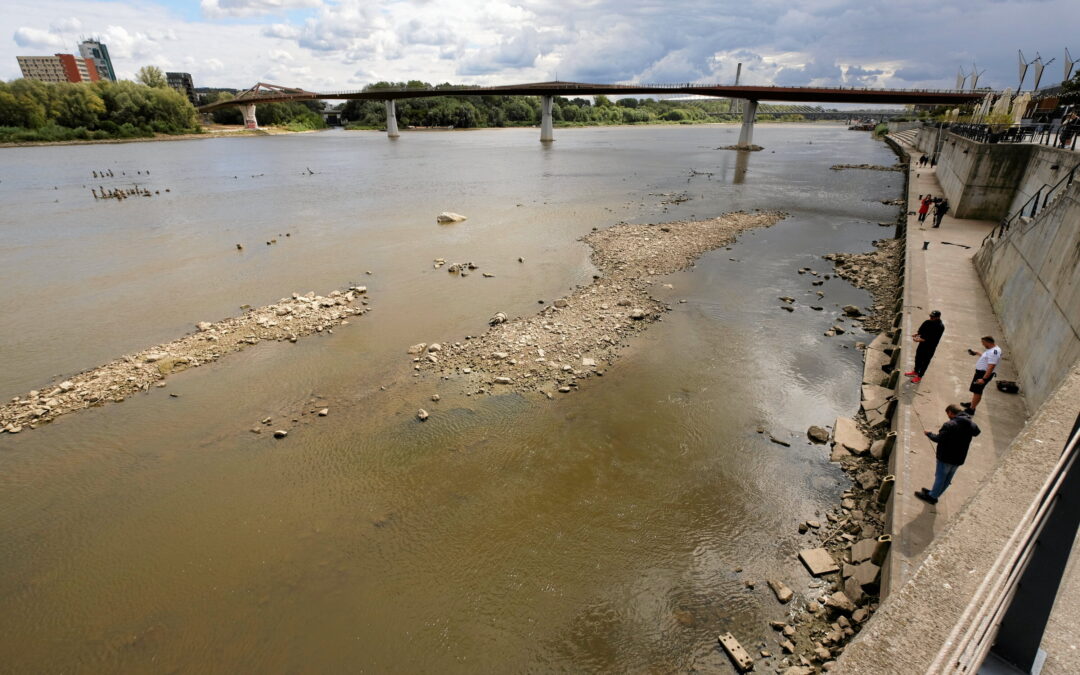Polish cities are, on average, wealthier per inhabitant than rural areas. However, a new ranking compiled by the Polish Institute of Economics (PIE) shows that, among Poland’s 20 richest districts, the majority, 12, are rural.
Their wealth – assessed on the basis of local government revenue per resident – is largely a function of fortuitous locations. Prominent among the top 20 are mining and business hubs, as well as popular tourist sites. Some districts additionally reap benefits from neighbouring large cities.
Source: Polish Economics Institute (PIE) based on data from Statistics Poland (GUS)
Kleszczów, the richest district in Poland – sometimes jokingly dubbed “Poland’s Kuwait” – is home to Bełchatów, the largest coal power plant in Europe. The district has for years been the country’s wealthiest, mostly thanks to the property tax and mining fees, notes Business Insider.
Other rural districts that benefit from mining include the nearby Rząśnia (fourth in the ranking), which is home to the Bełchatów brown coal mine, as well as Jerzmanowa (tenth) and Polkowice (thirteenth), which are the sites of copper, silver and rock salt mines belonging to KGHM, Poland’s state-owned mining giant.
The second notable category of rich rural districts are tourist hotspots, such as Krynica Morska, which takes second place in the ranking.
The spa town of around 1,400 inhabitants is located on the Vistula Spit, a spectacular 96 kilometre sandy stretch of land that separates the Vistula Lagoon from the Baltic Sea.
Lower down on the list, the town of Karpacz, nestled in the Karkonosze Mountains in southwestern Poland, is a popular ski centre in the winter. Other tourist locations in the top 20 include Rewal, Postomino, Ustronie Morskie and Świeradków-Zdrój.
Meanwhile, wealthy urbanised districts are often located on the outskirts of large cities and are the site of production companies, such as Nadarzyn near Warsaw as well as Tarnowo Podgórne near Poznań, which houses 5,000 companies employing 40,000 people, according to PIE.
Fifth on the list, Kobierzyce, on the outskirts of Wrocław, is home to the ProLogis and Panattoni logistics parks, as well as LG and Toshiba factories. The district is located on the crossing of the A4 highway and national road number 8, which has helped it lure big retailers such as Tesco, IKEA, Makro and Obi.
Many of these districts are able to subsidise improved public services for their residents, including communal infrastructure and health coverage, such as free dental care in schools. In Polkowice, residents are covered by the country’s first life-long private health plan paid for by the district, reports Wp.pl.
They also often offer recreational services, such as the famous aquapark in Polkowice and holiday subsidies for residents in Kleszczów.
“These districts have plenty of resources with which to provide public services,” says Paula Kukolowicz, an analyst at PIE. “However, with sparse and dispersed populations, it becomes more difficult to set up infrastructural networks, such as sewer systems and transport.”
“The population of many of these districts has either stayed the same or even decreased, so clearly [their wealth] does not directly translate into better living conditions,” adds Kukolowicz.
Another issue for such districts can be over-dependence on a single source of income. “Districts such as Kleszczów are currently benefiting from the presence of the mines, but in the longer run they will have to adjust to the energy transformation,” says Kukolowicz.
Poland’s government has this week announced that it plans to phase out the use of coal completely by 2050, or 2060 at the latest.
“Tourist places, too, will look different after the pandemic,” says Kukolowicz. Most of the 21 million foreign tourists who came to Poland in 2019 will be stay away this year.
Moreover, right next door to Krynica Morska the government has started works on building an artificial 1.3km canal through the Vistula Spit. Local inhabitants and authorities have worried about the mega-project endangering the local fishing and tourist industries.
“Districts which have bet on a single characteristic, have also taken on greater risk,” Kukolowicz told Notes from Poland. “Especially when the factor is environmental, which is out of the hands of the residents.”
“There are few locations to have gained their status thanks to their human capital or innovativeness,” adds Kukołowicz, who cites Grodzisk Mazowiecki as one exception.
Earlier this year the district was awarded the “Innovative Local Authority 2020” title by the Polish Press Agency for its modern multimedia public library, which is used by 400 people each day with 12,000 signed up overall – half the district’s population.
Moreover, many other rural districts – not able to benefit from natural resources or their location – continue to lag behind in terms of development. According to a further PIE analysis, reported by 300Gospodarka today, 21.4% of Poland’s rural population (around 3.2 million people) are at risk of poverty.
Main image credit: Agnieszka Kaczmarek/Wikipedia

Maria Wilczek is deputy editor of Notes from Poland. She is a regular writer for The Times, The Economist and Al Jazeera English, and has also featured in Foreign Policy, Politico Europe, The Spectator and Gazeta Wyborcza.




















